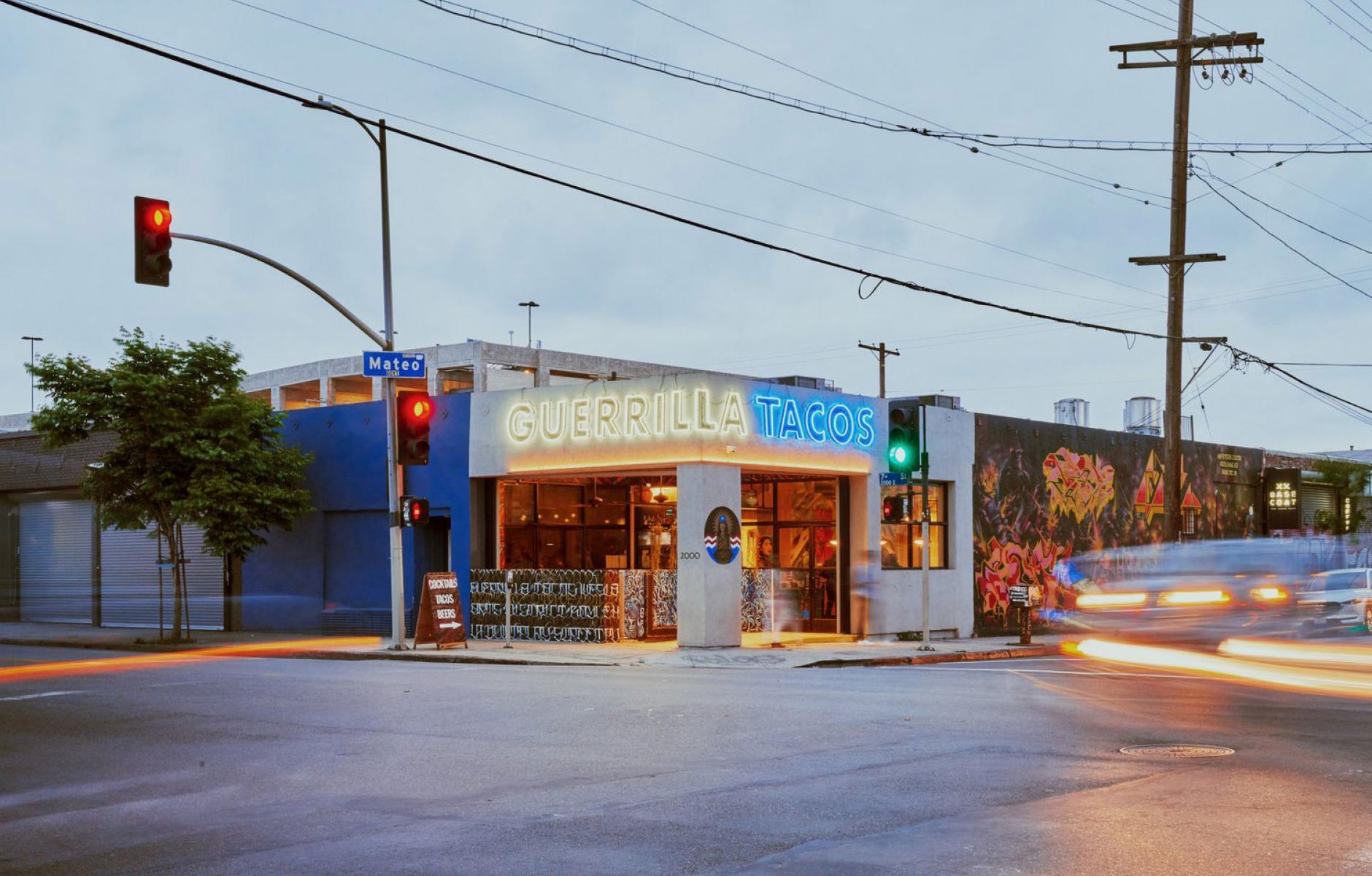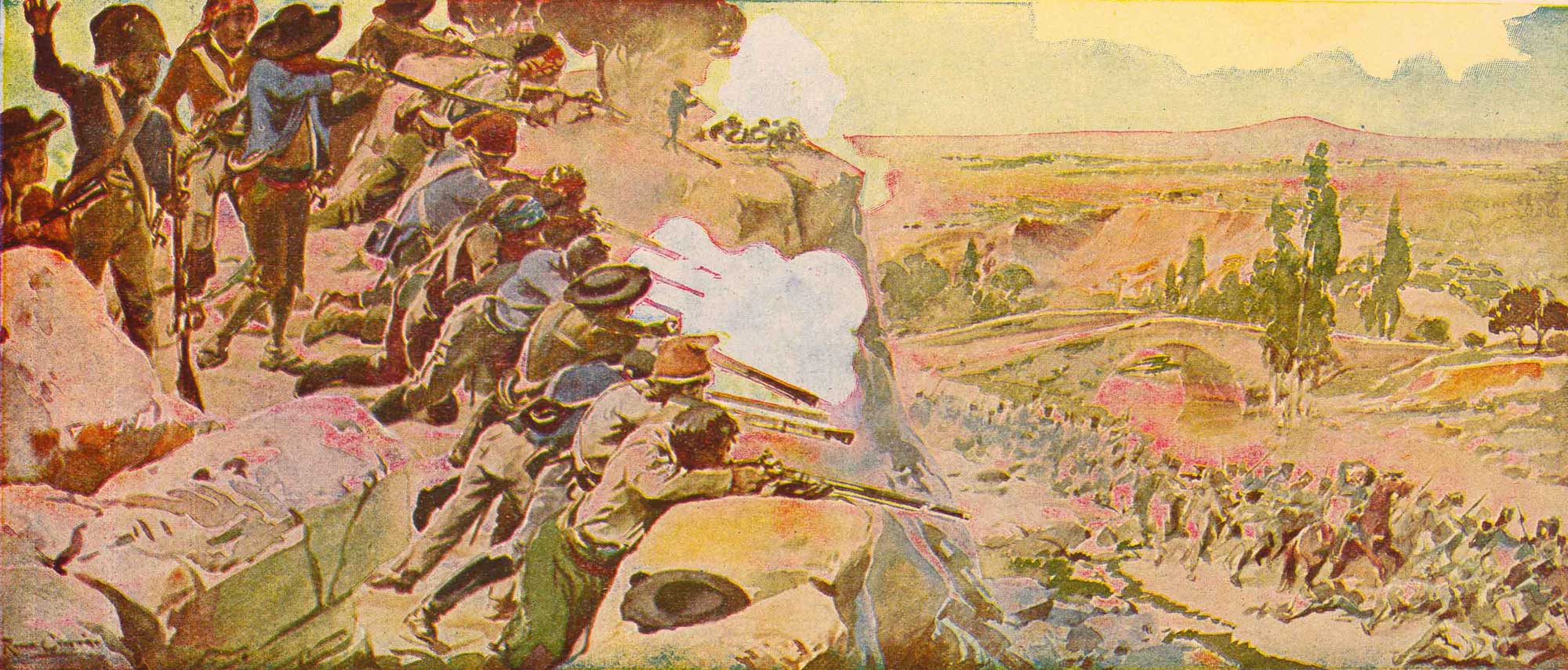
Is ‘guerrilla urbanism’ an appropriate term?
In a recent “On the Park Bench” conversation, we tackled the concept of Guerrilla Urbanism, sparking a spirited debate. Angela Puerta, a city planner from Madison, Wisconsin, with roots in Colombia, challenged the session’s title head-on. She argued that the term "guerrilla" carries deeply unsettling connotations for many, likening it to invoking the name of Al Qaeda in the context of city planning. This perspective sheds stark light on the complexities of language and its reception across diverse backgrounds.
Despite this, it's essential to recognize how "guerrilla" has evolved within the American lexicon, especially post-Jay Conrad Levinson's “Guerrilla Marketing.” This re-appropriation of language has given rise to various manifestations, from the culinary defiance of “Guerrilla Tacos” in Los Angeles to the grassroots empowerment of guerrilla gardening. Such examples underscore the term's journey from a concept associated with conflict to one symbolic of creativity, innovation, and resilience within public spaces, as academic works like “Insurgent Public Space: Guerrilla Urbanism and the Remaking of Contemporary Cities” by Jeffrey Hou, Chair and Associate Professor of Landscape Architecture at the University of Washington, Seattle.
Reflecting on Angela’s critique, the essence of our discussion isn’t diminished; instead, it’s enriched by acknowledging the term’s polarizing potential. In the spirit of the elevated—or sanitized—use of guerrilla tactics—bold, unorthodox, and striking at the heart of conventionality—we're reminded of the power of language to unite, divide, inspire, and challenge.

When CNU cofounder Andrés Duany got wind of the controversy, he had an equal and opposite reaction to Angela’s, writing, “The original ‘guerrillas’ (diminutive of ‘guerra,’ or war in Spanish), were the ‘small warriors,’ or irregulars that helped to overthrow Napoleon’s dictatorship of Spain in the early decades of the 19th Century. They also liberated Cuba from the Spanish. My ancestor, Carlos Manuel de Cespedes, was a guerrilla (look him up). The term has an extraordinarily positive implication for ‘my’ Hispanic culture.”
For our webinar, I used Guerrilla Urbanism to distinguish a strategic approach from a tactical one. A strategic aim encompasses the big picture and defines the overall objectives and goals. It is about what you want to achieve in the long run—such as citywide pedestrian safety. A tactical approach is narrow and specific, such as pressuring the municipality to stripe a crosswalk in front of one school. In the military sense, a guerrilla movement may aim to overthrow the government. In New Urbanism, our aims are not violent but may still have characteristics of insurgency when the authorities remain unresponsive.
Why not just call it Tactical Urbanism
The terms Tactical and Guerrilla Urbanism are often interchanged and remain interrelated. Both terms have military connotations. The interplay between strategic and tactical approaches helps define how urban interventions can be planned and executed. At the strategic level, the focus lies in crafting a long-term vision that encompasses the transformational goals of guerrilla urbanism, such as augmenting public green spaces, boosting community engagement, and advocating for sustainable urban lifestyles. This strategy is predicated on a deep, local understanding of the urban milieu, pinpointing opportunities for impactful interventions, and devising a comprehensive plan to engender profound and enduring improvements in our cities.

Conversely, the tactical dimension of guerrilla urbanism zeroes in on executing this strategic vision through concrete, localized actions. Whether it's the establishment of impromptu parks, initiating guerrilla gardening endeavors, creating street art, or setting up temporary pedestrian zones, these tactics are designed to address specific urban challenges with the larger goal of influencing public opinion and political action. The essence of the tactical approach lies in its focus on immediate, actionable steps and the flexibility to adapt based on real-time feedback and evolving urban dynamics, all aimed at materializing the overarching strategic objectives.
Ultimately, Guerrilla Urbanism showcases the powerful synergy between strategic vision and tactical innovation. It combines overarching goals with ground-level actions, turning inventive and occasionally unconventional ideas into reality. This approach evolves and enriches urban spaces and explores new and dynamic routes to urban improvement. By intertwining strategic and tactical efforts, Guerrilla Urbanism reimagines urban planning and fosters a more inclusive, adaptable, and community-driven future for our cities.
Converging diverse interpretations
In reconciling Angela's reservations about the term “guerrilla” with Andrés's embrace of its historical and cultural significance, we find ourselves at the heart of what Guerrilla Urbanism represents: a dynamic intersection of perspectives that challenges our understanding of urban transformation. Angela's perspective reminds us of the weight words carry and the importance of cultural sensitivity in our discourse. At the same time, Andrés’s view underscores the term's profound historical roots and its potential to symbolize positive, grassroots change.
This debate mirrors the essence of Guerrilla Urbanism as used in planning parlance today — a field that thrives on innovation, confrontation with conventional norms, and the spirited engagement of community voices. By acknowledging the term's complex connotations and embracing its dual heritage, we can appreciate Guerrilla Urbanism as a multifaceted approach that seeks to reimagine our urban spaces and invites us to engage deeply with the language, we use to describe our efforts.
Thus, the dialogue between Angela and Andrés doesn't mark a conflict but rather a fruitful convergence of diverse experiences and histories, emblematic of Guerrilla Urbanism’s broader mission. New Urbanism finds its true strength in this melding of perspectives, offering a pathway to urban innovation as diverse and multifaceted as the communities it aims to serve. In this light, Guerrilla Urbanism stands as a methodology for urban change and a testament to the power of dialogue, diversity, and the shared pursuit of a more livable, equitable urban future—peaceful but uncompromising.
Fernando Pages Ruiz recently authored a book, Building an Affordable House, Second Edition.




